
Bowiea volubilis - Plant
(MRP Inclusive of all taxes)
- Shipping ₹79 for entire order
- Dispatch in 7 days
- Country of origin: India

(MRP Inclusive of all taxes)
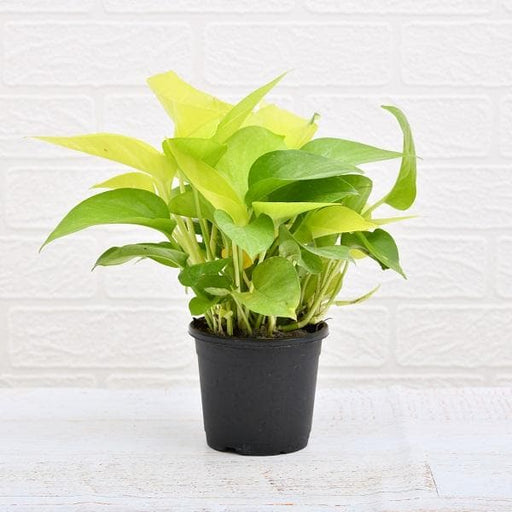 Save 29%
Save 29%
Air Purifier Money Plant with Pot The Air Purifier Money Plant, also known as Pothos or Epipremnum aureum, is a stunning indoor plant that...
View full details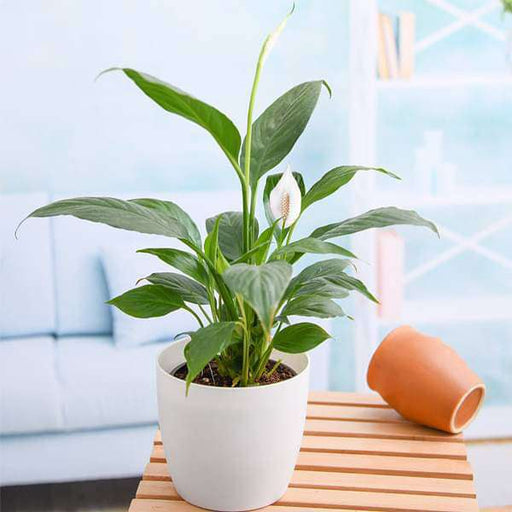
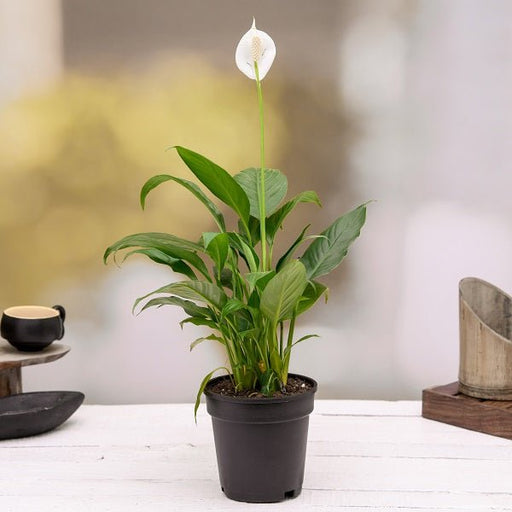 Save up to 15%
Save up to 15%
Peace Lily, Spathiphyllum - Plant The Peace Lily, scientifically known as Spathiphyllum, is a stunning houseplant celebrated for its elegant white...
View full details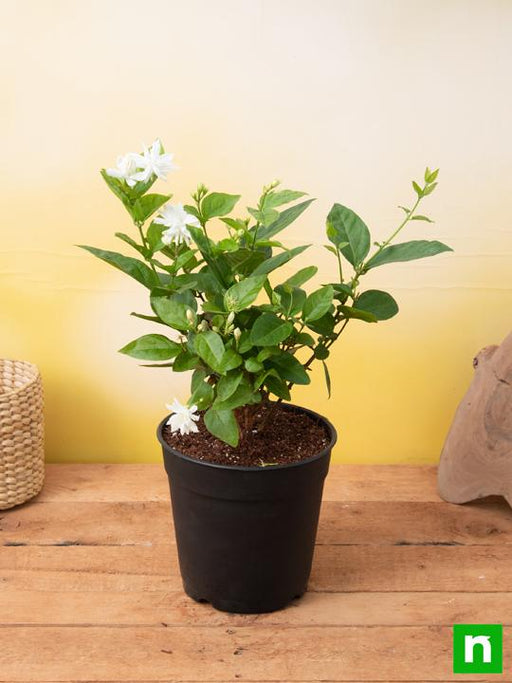
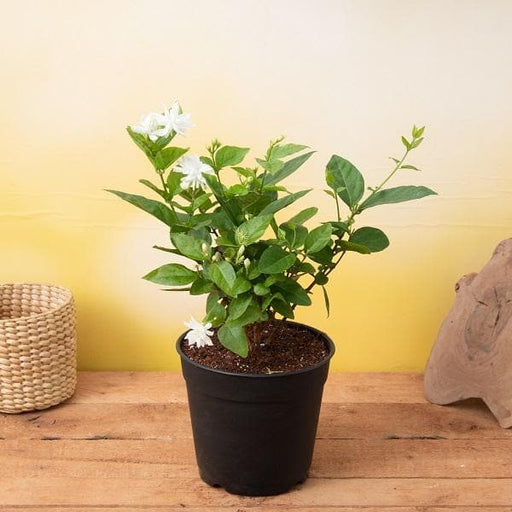 Save 25%
Save 25%
Jasminum sambac, Mogra, Arabian Jasmine - Plant Jasminum sambac, commonly known as Mogra or Arabian Jasmine, is a fragrant flowering plant...
View full details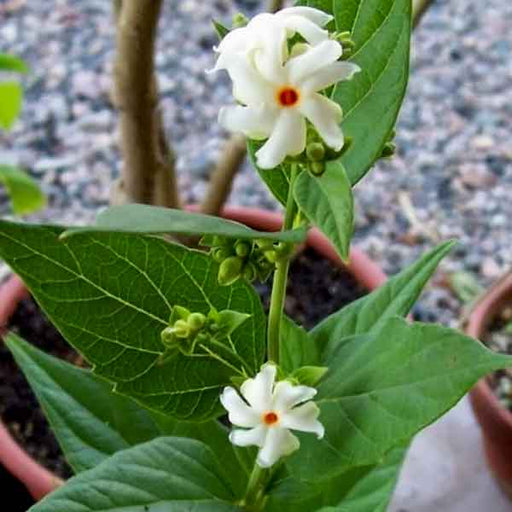
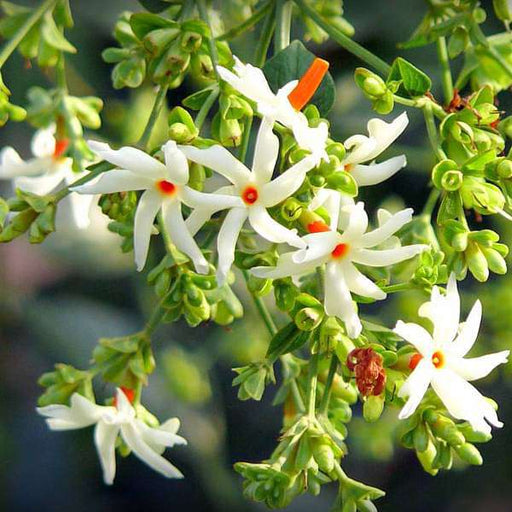 Save 18%
Save 18%
Combo Constituents Includes the Parijat Tree (Night-Flowering Jasmine), a culturally significant plant with fragrant flowers. Description The Pari...
View full details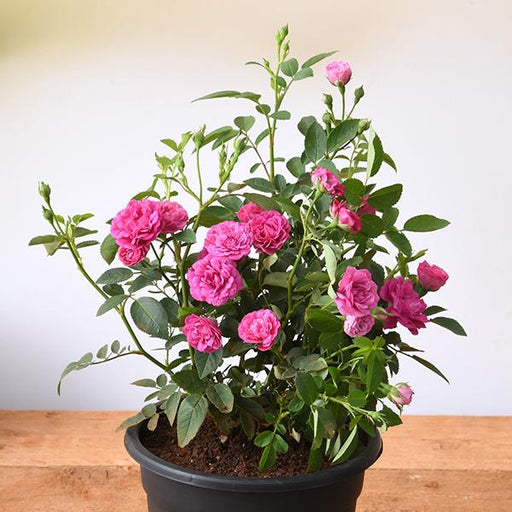
 Save 25%
Save 25%
Miniature Rose, Button Rose (Any Color) - Plant The Miniature Rose, also known as the Button Rose, is a charming and compact flowering plant that ...
View full details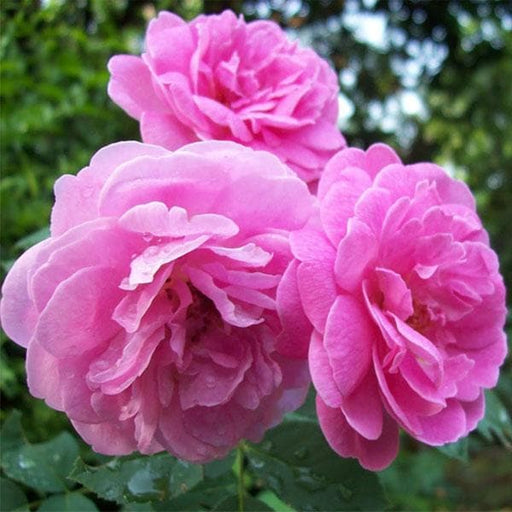 Save 25%
Save 25%
Damascus Rose, Scented Rose (Any Color) - Plant The Damascus Rose, also known as Rosa damascena, is a timeless symbol of beauty and romanc...
View full details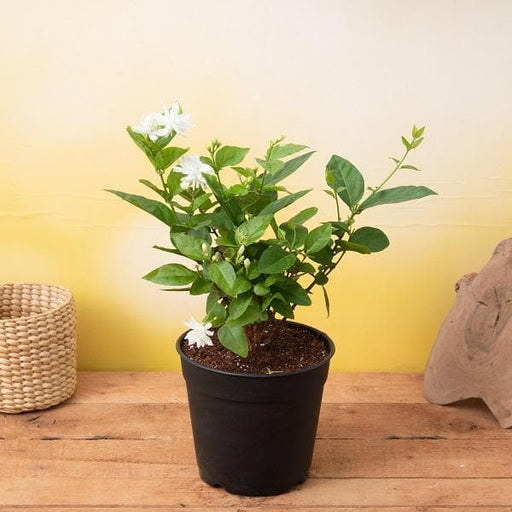
 Save 17%
Save 17%
Beautiful Fragrant Mogra, Arabian Jasmine Plant with Pot The Beautiful Fragrant Mogra, also known as Arabian Jasmine (Jasminum sambac), is...
View full details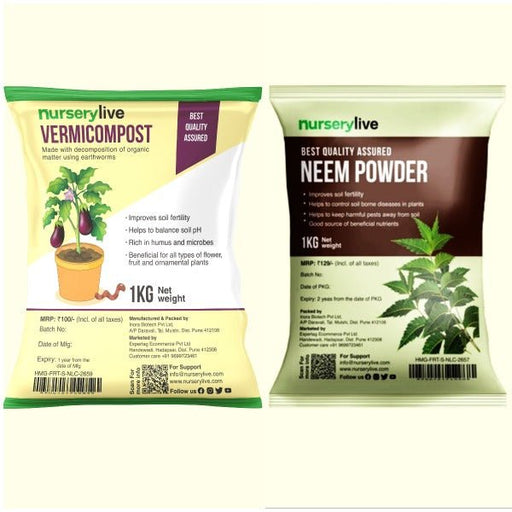 Save 15%
Save 15%
Pack of Vermicompost and Neem Cake for House Plants Transform your indoor garden with our premium Pack of Vermicompost and Neem Cake, spec...
View full details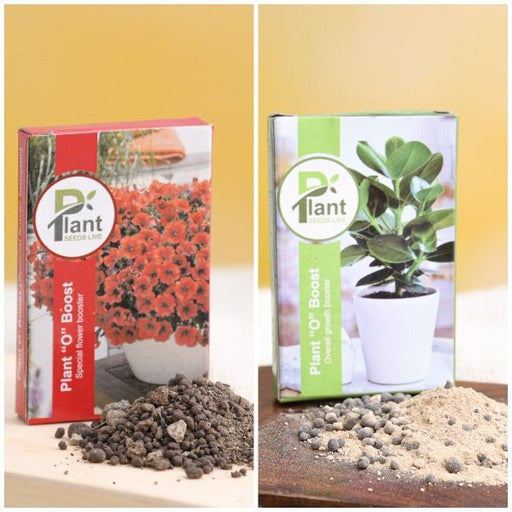
Pack of Plant Growth and Flower Boosters Unlock the full potential of your garden with our Pack of Plant Growth and Flower Boosters! This ...
View full details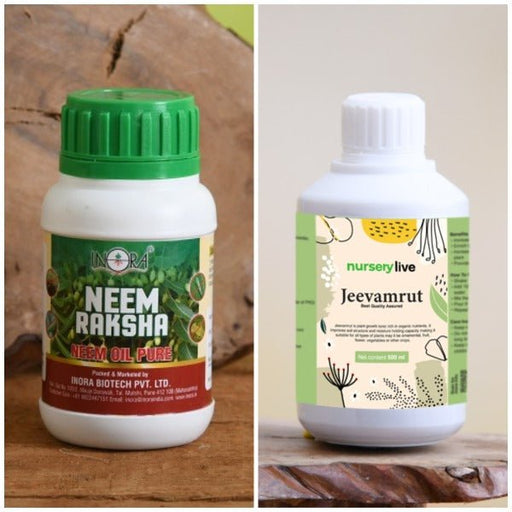 Save 38%
Save 38%
Combo of Jeevamrut and Neem Raksha for Easy Growth and Protection of Houseplants Transform your indoor garden with our exclusive combo of ...
View full details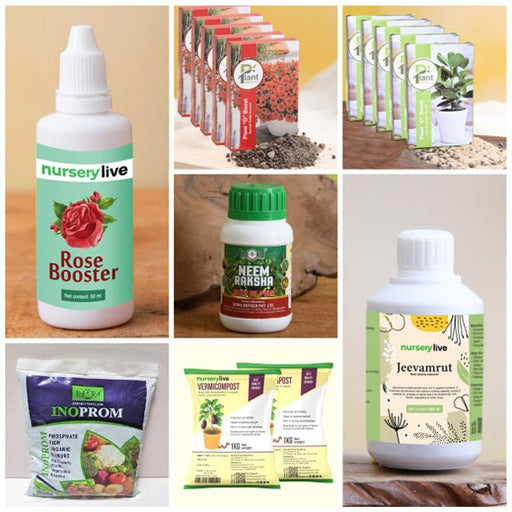 Save 22%
Save 22%
Plant Nutrients Kit (Pack of 16) for a Healthy Garden Transform your garden into a lush paradise with our Plant Nutrients Kit, featuring 1...
View full details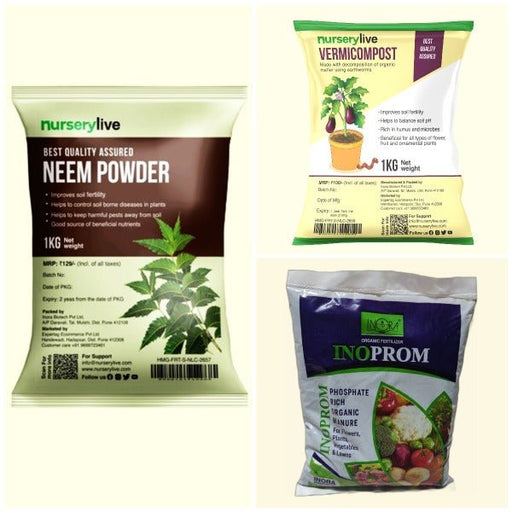 Save 16%
Save 16%
Combo of Top Plant Fertilizers Elevate your gardening game with our exclusive Combo of Top Plant Fertilizers, featuring two bags of premiu...
View full details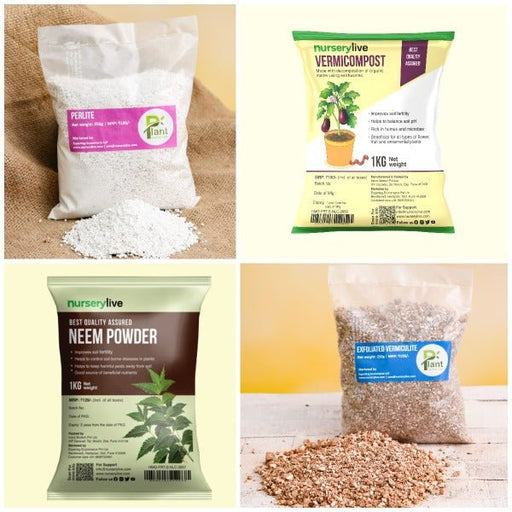 Save 24%
Save 24%
Pack of 4 Additives to Make Soil Healthy and Nutrient Rich Transform your garden into a thriving ecosystem with our Pack of 4 Additives de...
View full details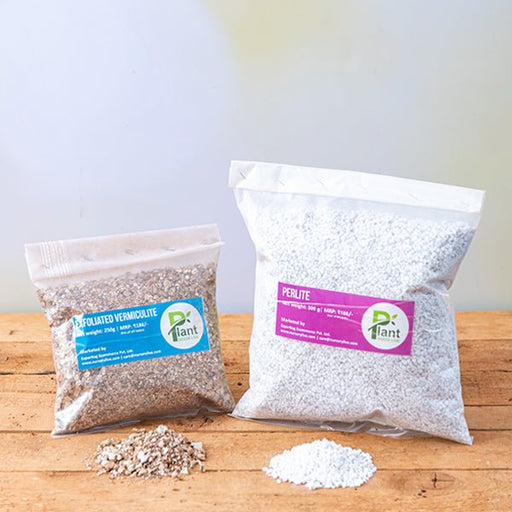 Save 30%
Save 30%
Transform your gardening experience with our premium Combo of Perlite and Vermiculite. This unique blend is designed to enhance soil aeration and ...
View full details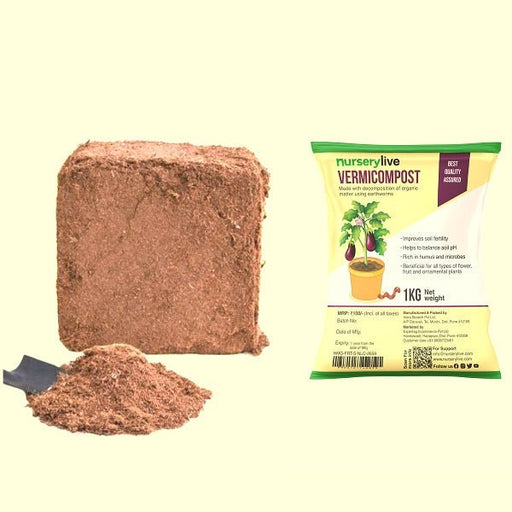 Save 27%
Save 27%
Combo of 2 Vermicompost and Cocopeat - Enrich Your Soil Naturally! Transform your garden into a thriving ecosystem with our Combo of 2 Ver...
View full details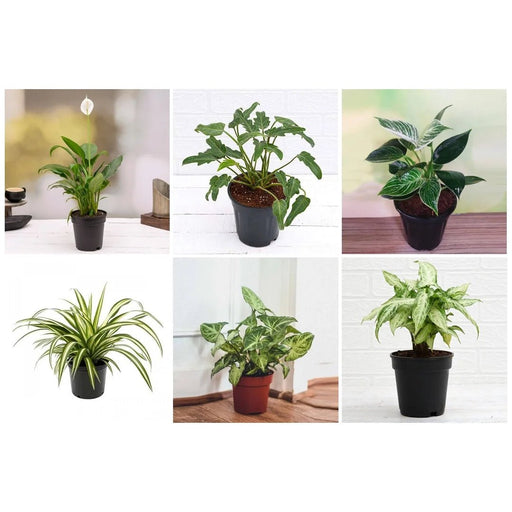
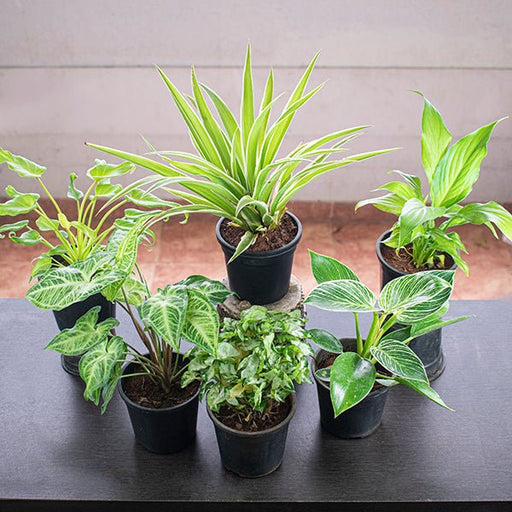 Save 35%
Save 35%
Best 6 Plants for Perfect Indoor Garden Transform your living space into a lush oasis with our curated collection of the Best 6 Plants for a...
View full details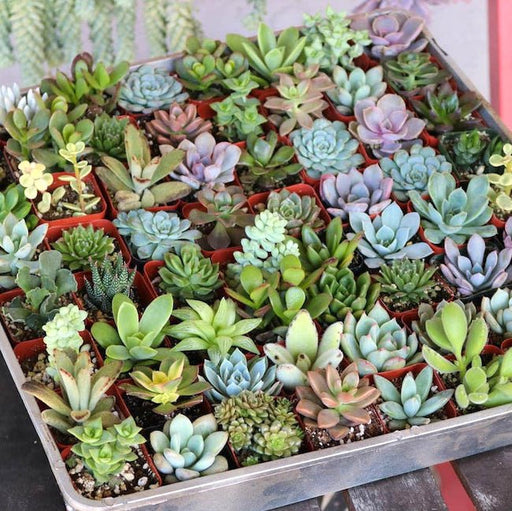
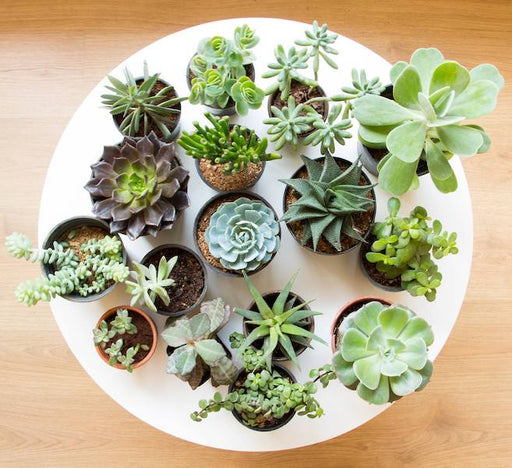 Save up to 50%
Save up to 50%
Mini Succulent Garden Pack Transform your space with our Mini Succulent Garden Pack, featuring a delightful collection of 4 any variety beautiful s...
View full details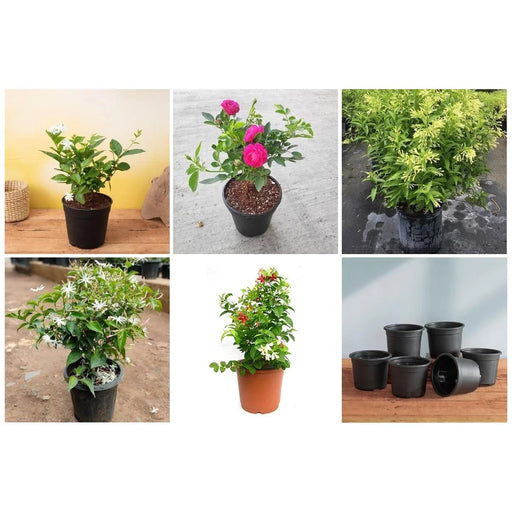
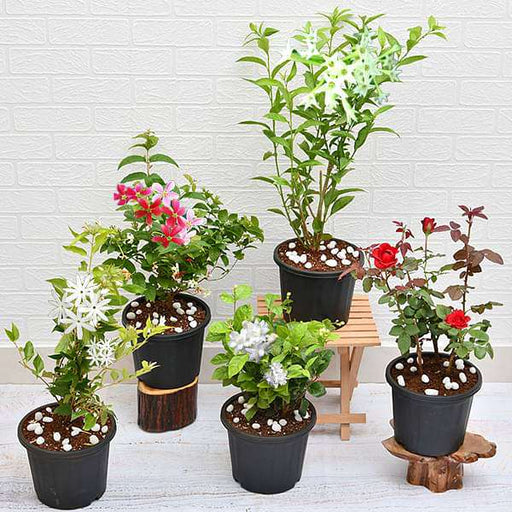 Save 30%
Save 30%
5 Best Fragrant Plants Transform your garden or indoor space into a fragrant paradise with our curated selection of the 5 Best Fragrant Plants. Th...
View full details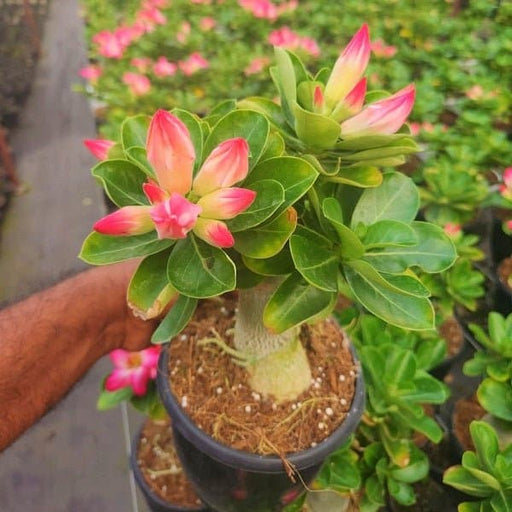
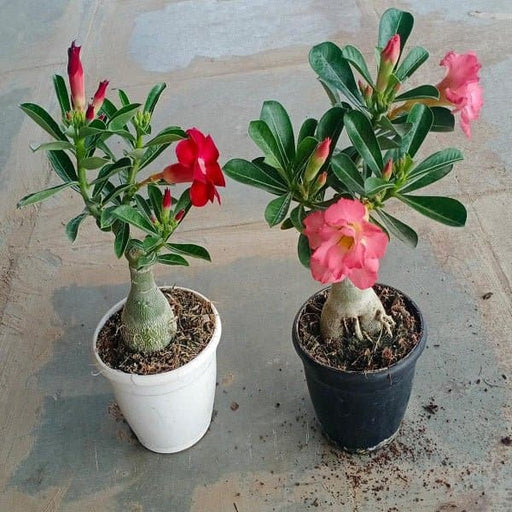 Save 24%
Save 24%
Set of 2 Bonsai Looking Grafted Adeniums Transform your indoor or outdoor space with our exquisite Set of 2 Bonsai Looking Grafted Adenium...
View full details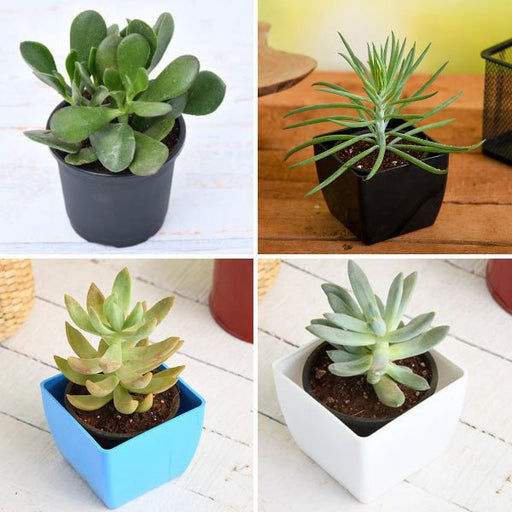 Save 45%
Save 45%
Top 4 Die Hard Succulents Pack Transform your indoor or outdoor space with our Top 4 Die Hard Succulents Pack, featuring a curated selecti...
View full details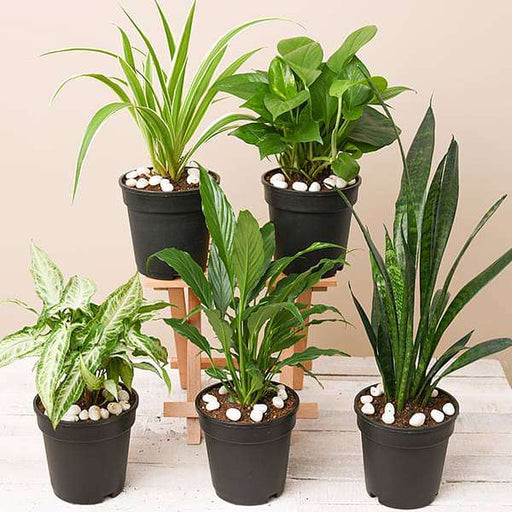
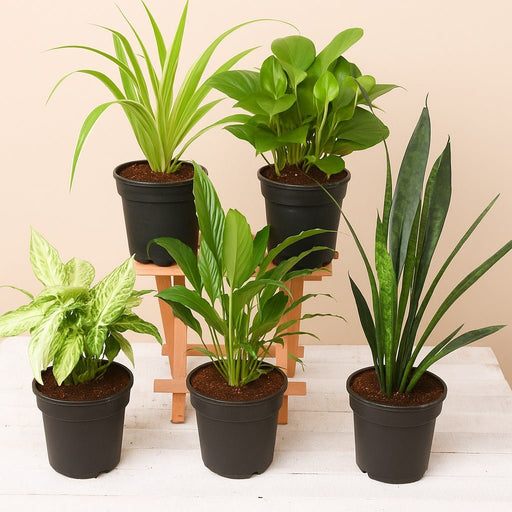 Save 30%
Save 30%
5 Best Indoor Plants Pack Transform your living space into a lush oasis with our '5 Best Indoor Plants Pack.' This carefully curated collection fe...
View full details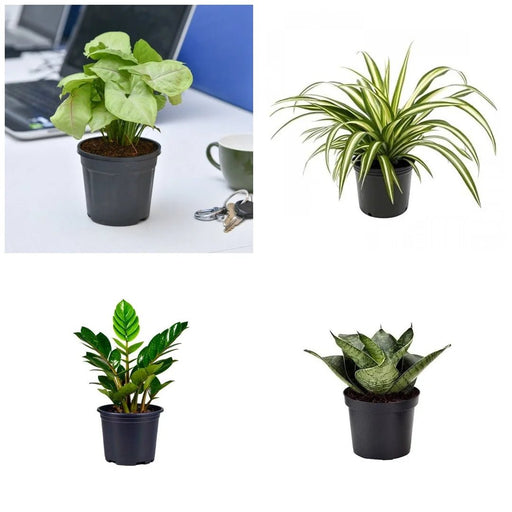
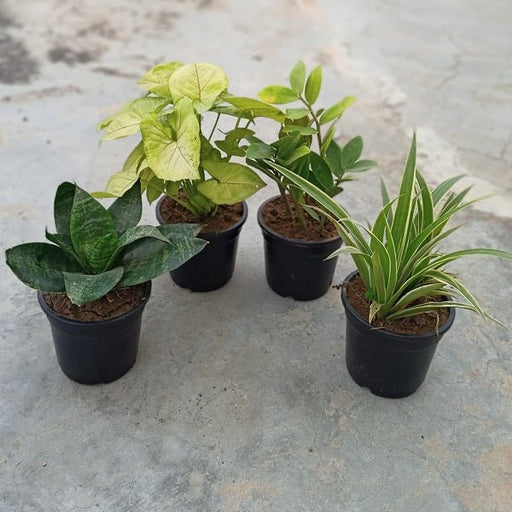 Save 25%
Save 25%
Set of 4 Evergreen Air Purifier Plant Pack Transform your indoor space into a lush, green oasis with our Set of 4 Evergreen Air Purifier Pla...
View full details| SrNo | Item Name |
|---|---|
| 1 | Bowiea volubilis - Plant |
Bowiea volubilis, commonly known as the Climbing Onion, is a fascinating succulent native to South Africa. This perennial plant is renowned for its unique climbing habit and striking green, strap-like leaves that can reach impressive lengths. The plant produces small, star-shaped flowers that add a touch of elegance to any garden or indoor space. Its ability to thrive in arid conditions makes it an excellent choice for drought-tolerant landscapes.
What makes Bowiea volubilis special is its remarkable adaptability and resilience. This plant can grow in various soil types and withstands periods of drought, making it an ideal choice for eco-conscious gardeners. Its climbing nature allows it to create stunning vertical displays, perfect for trellises or hanging baskets, adding a unique aesthetic to your home or garden.
One of the standout features of Bowiea volubilis is its bulbous root system, which stores water and nutrients, allowing it to survive in harsh environments. This plant not only enhances your garden's beauty but also contributes positively to the ecosystem by attracting pollinators and providing habitat for small wildlife.
If you think caring for a plant is as easy as watering it and hoping for the best, think again! Bowiea volubilis, also known as the climbing onion, requires a bit more finesse. This quirky plant thrives in well-draining soil and loves a good dose of sunlight. Just remember, it’s not a fan of soggy feet, so let that soil dry out between waterings. Treat it like a diva, and it will reward you with its unique, spiraling leaves.
Patience is a virtue, especially when it comes to Bowiea volubilis. This plant isn’t in a hurry to grow, taking its sweet time to reach its full potential. With the right conditions, you might see it climbing and twirling its way up a trellis or wall, but don’t expect it to be a speedster. It’s more of a slow dance than a sprint, so grab a cup of tea and enjoy the show.
Want to multiply your Bowiea volubilis collection? Propagation is the name of the game! This plant can be propagated through offsets, which are like little plant babies waiting to be adopted. Just gently separate them from the parent plant, pot them up, and watch them thrive. It’s like starting a plant family reunion, and who doesn’t love a good family gathering?
If you’re looking for a low-light plant, keep scrolling! Bowiea volubilis is a sun worshipper, craving bright, indirect light to really strut its stuff. Place it near a window where it can soak up those rays, but don’t let it get scorched. Think of it as a sunbather on a beach vacation—too much sun can lead to a crispy disaster!
When it comes to soil, Bowiea volubilis is a bit of a snob. It prefers a well-draining mix that allows its roots to breathe. A combination of potting soil, sand, and perlite will do the trick. Think of it as the perfect blend for a fancy cocktail—too much of one ingredient, and the whole thing could go south.
Watering Bowiea volubilis is like dating—too much attention can drown it, while too little can leave it feeling neglected. Aim for a watering schedule that allows the soil to dry out between drinks. In the growing season, a weekly splash should suffice, but in winter, it’s more of a casual acquaintance.
If you want your Bowiea volubilis to thrive, a little fertilizer goes a long way. During the growing season, treat it to a balanced liquid fertilizer every month. Think of it as a spa day for your plant—just the right amount of pampering to keep it looking fabulous without overdoing it.
Like any good drama, pests can crash the party when you least expect it. Keep an eye out for aphids and mealybugs, which can turn your Bowiea volubilis into their personal buffet. A gentle spray of insecticidal soap or neem oil can send these uninvited guests packing.
Bowiea volubilis is a bit of a temperature diva, preferring a cozy range between 60°F and 80°F. It’s not a fan of frost, so if you live in a chilly area, bring it indoors during the winter months. Think of it as a plant that enjoys a warm, tropical vacation—who wouldn’t want that?
Good news for pet owners! Bowiea volubilis is non-toxic to cats and dogs, making it a safe addition to your plant collection. You can enjoy its quirky charm without worrying about your furry friends nibbling on its leaves. It’s like having a party where everyone is invited, including the pets!
Beyond its aesthetic appeal, Bowiea volubilis can be a conversation starter in your home. Use it as a unique focal point in your living room or as a climbing companion for a trellis. Its unusual appearance will have guests asking, “What on earth is that?” and you can bask in the glory of your botanical knowledge.
This plant has a history as intriguing as its appearance. Native to southern Africa, Bowiea volubilis has been admired for centuries for its climbing abilities and unique bulbous structure. It’s like the celebrity of the plant world, with a backstory that’s just as captivating as its looks.
Bowiea volubilis, also known as the climbing onion, is a quirky succulent native to South Africa. With its unique bulbous base and long, twining stems, it’s like the plant version of a circus performer—always climbing and twisting for attention!
Caring for Bowiea volubilis is a breeze! Provide bright, indirect light, well-draining soil, and water sparingly. Think of it as a low-maintenance roommate who only needs a little love and the occasional snack—just don’t drown it!
Bowiea volubilis thrives in well-draining soil, ideally a cactus or succulent mix. It’s like giving your plant a luxury penthouse suite—plenty of drainage to keep it happy and healthy, without the risk of soggy feet!
Water Bowiea volubilis every 2-3 weeks, allowing the soil to dry out completely between drinks. It’s like a plant on a diet—too much water and it’ll start to feel bloated and unhappy!
Bowiea volubilis appreciates a light feeding during the growing season with a diluted succulent fertilizer. Think of it as a little pick-me-up—just don’t overdo it, or it might get a bit too energetic!
Absolutely! Bowiea volubilis makes a fabulous indoor companion, adding a touch of whimsy to your space. Just ensure it gets enough light and it’ll be the life of your indoor garden party!
Good news for pet lovers! Bowiea volubilis is non-toxic to cats and dogs. So, let your furry friends roam freely around this climbing onion without worrying about any plant-related drama!
Bowiea volubilis is a slow but steady grower, often taking a few years to reach its full potential. It’s like that friend who takes their time to get ready—worth the wait for the grand reveal!
Yes, you can propagate Bowiea volubilis from offsets or seeds! It’s like sharing the love—just be patient, as it may take some time for those little bulbs to sprout into fabulous new plants!
Watch out for mealybugs and aphids, the uninvited guests at your plant party. If they crash the scene, a gentle wipe with soapy water or neem oil will send them packing—no RSVP needed!
Bowiea volubilis prefers temperatures between 65°F and 80°F (18°C to 27°C). It’s like a plant diva—too cold, and it’ll sulk; too hot, and it might throw a tantrum. Keep it cozy!
In suitable climates (USDA zones 9-11), Bowiea volubilis can thrive outdoors. Just ensure it’s in a well-draining spot and shielded from frost. It’s like a plant vacation—just the right amount of sun and fun!